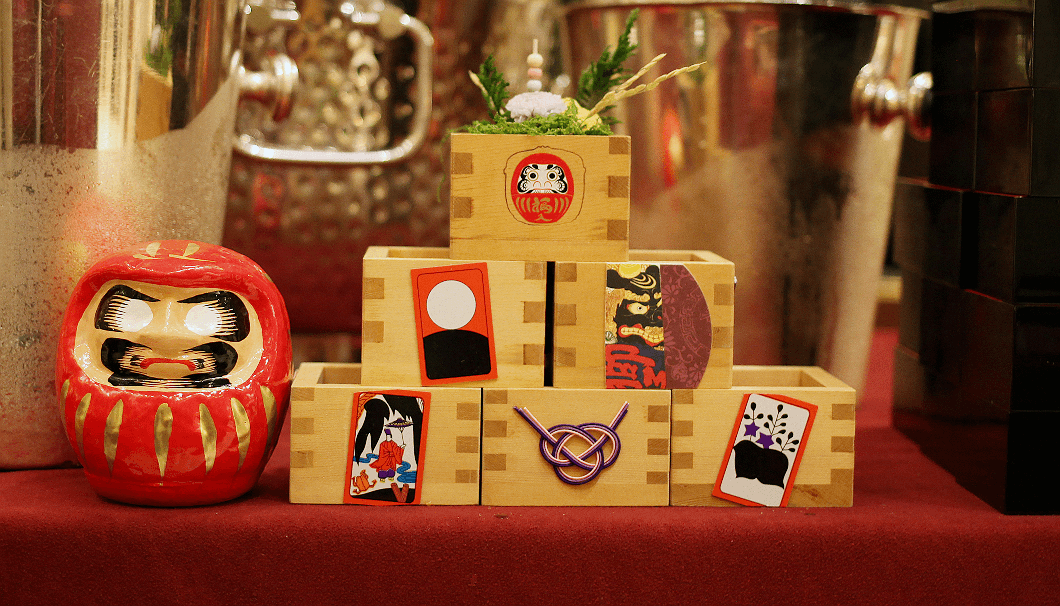The Cultural Importance of Japanese Sake: How to Appreciate This Ancient Drink
Japanese sake, often referred to as “rice wine,” is more than just a beverage—it’s a symbol of Japanese culture and tradition. With a history that stretches back over a thousand years, sake is deeply embedded in Japan’s customs, rituals, and daily life. This guide will explore the cultural significance of sake, its production process, and how to appreciate this ancient drink to fully understand and enjoy its rich heritage.
1. The History and Cultural Significance of Sake
Sake has been an integral part of Japanese culture for centuries. Its origins can be traced back to ancient Japan, where it was used in religious ceremonies and celebrations. The production of sake has evolved over time, from its early forms of fermentation to the sophisticated brewing techniques of today.
- Historical Roots: The earliest evidence of sake production dates back to around 300 BCE. Initially, sake was made using a natural fermentation process where rice was chewed and fermented with the help of enzymes in saliva. Over time, the process was refined with the introduction of koji mold and yeast, leading to the sake we recognize today.
- Cultural Significance: Sake plays a crucial role in Japanese culture, especially in rituals and ceremonies. It is used in Shinto ceremonies to purify and bless participants, as well as in celebratory events such as weddings and New Year’s festivities. Sake is also often enjoyed during traditional Japanese tea ceremonies and seasonal festivals.

2. The Art of Sake Production
The production of sake is a meticulous process that requires a deep understanding of ingredients and techniques. Here’s a brief overview of how sake is made:
- Ingredients: The primary ingredients in sake are rice, water, yeast, and koji mold. The quality of sake is heavily influenced by the quality of these ingredients, particularly the rice and water.
- Brewing Process: The production of sake involves several key steps:
- Rice Polishing: Sake rice is polished to remove the outer layers, which contain fats and proteins that can affect the flavor. The more the rice is polished, the higher the quality of the sake.
- Washing and Soaking: Polished rice is washed and soaked to ensure the right moisture content.
- Steaming: The soaked rice is steamed to make it suitable for fermentation.
- Koji Cultivation: Koji mold is added to a portion of the steamed rice to convert the starches into sugars.
- Fermentation: The koji rice is mixed with more steamed rice, water, and yeast to start the fermentation process, which typically lasts for several weeks.
- Pressing and Filtration: After fermentation, the sake is pressed to separate the liquid from the solids and then filtered to remove impurities.
- Aging and Bottling: The sake is aged for a period to develop its flavor before being bottled.
- Types of Sake: There are several types of sake, categorized by their production methods and ingredients:
- Junmai: Made with only rice, water, yeast, and koji mold, without added alcohol. It is known for its rich and full flavor.
- Ginjo: Made with highly polished rice and brewed at a lower temperature. It has a fruity and delicate flavor.
- Daiginjo: A premium version of Ginjo sake with an even higher rice polish ratio, offering a refined and complex taste.
- Honjozo: Includes a small amount of added alcohol, which can enhance the aroma and flavor. It is lighter and smoother than Junmai sake.
3. How to Appreciate and Enjoy Sake
Understanding how to taste and enjoy sake can enhance your appreciation of this traditional beverage.
- Tasting Sake: When tasting sake, consider its appearance, aroma, and flavor. Sake can range from clear to slightly cloudy, with aromas that can be fruity, floral, or earthy. Take a moment to savor the taste, which can be sweet, dry, or umami-rich, depending on the type of sake.
- Serving Temperature: Sake can be enjoyed at various temperatures, from chilled to room temperature, or even warmed. The serving temperature can influence the flavor and aroma of the sake. For example, premium sake is often served chilled to highlight its delicate flavors, while more robust sakes can be enjoyed warm.
- Sake and Food Pairing: Sake pairs well with a wide range of foods, from traditional Japanese dishes like sushi and sashimi to international cuisines. The key is to match the sake’s flavor profile with the food. For instance, light and fruity sakes complement seafood, while richer sakes go well with grilled meats and savory dishes.
- Sake Etiquette: In Japan, there are certain etiquettes associated with drinking sake. It is customary to pour sake for others rather than yourself, and to hold the sake cup with both hands when receiving a pour. Additionally, it’s polite to wait for everyone to be served before taking your first sip.
4. The Future of Sake
As global interest in Japanese culture continues to grow, sake is also gaining recognition outside of Japan. Modern sake breweries are experimenting with new flavors and production techniques, while traditional breweries continue to uphold centuries-old practices.
- Innovations: Contemporary sake makers are exploring unique flavor profiles and innovative brewing methods. Some are incorporating local ingredients or experimenting with different types of rice and yeast to create new varieties of sake.
- Global Appreciation: Sake’s popularity is spreading worldwide, with sake bars and restaurants opening in major cities around the globe. This increased exposure is helping to educate people about sake and its cultural significance, fostering a greater appreciation for this ancient drink.
Conclusion
Japanese sake is more than just a drink; it is a reflection of Japan’s rich cultural heritage and a testament to the artistry and precision of its production. By understanding its history, production methods, and ways to enjoy it, you can deepen your appreciation for sake and its role in Japanese culture. Whether you’re savoring a traditional Junmai or exploring a modern Ginjo, sake offers a unique and enriching experience that connects you to the heart of Japanese tradition.



